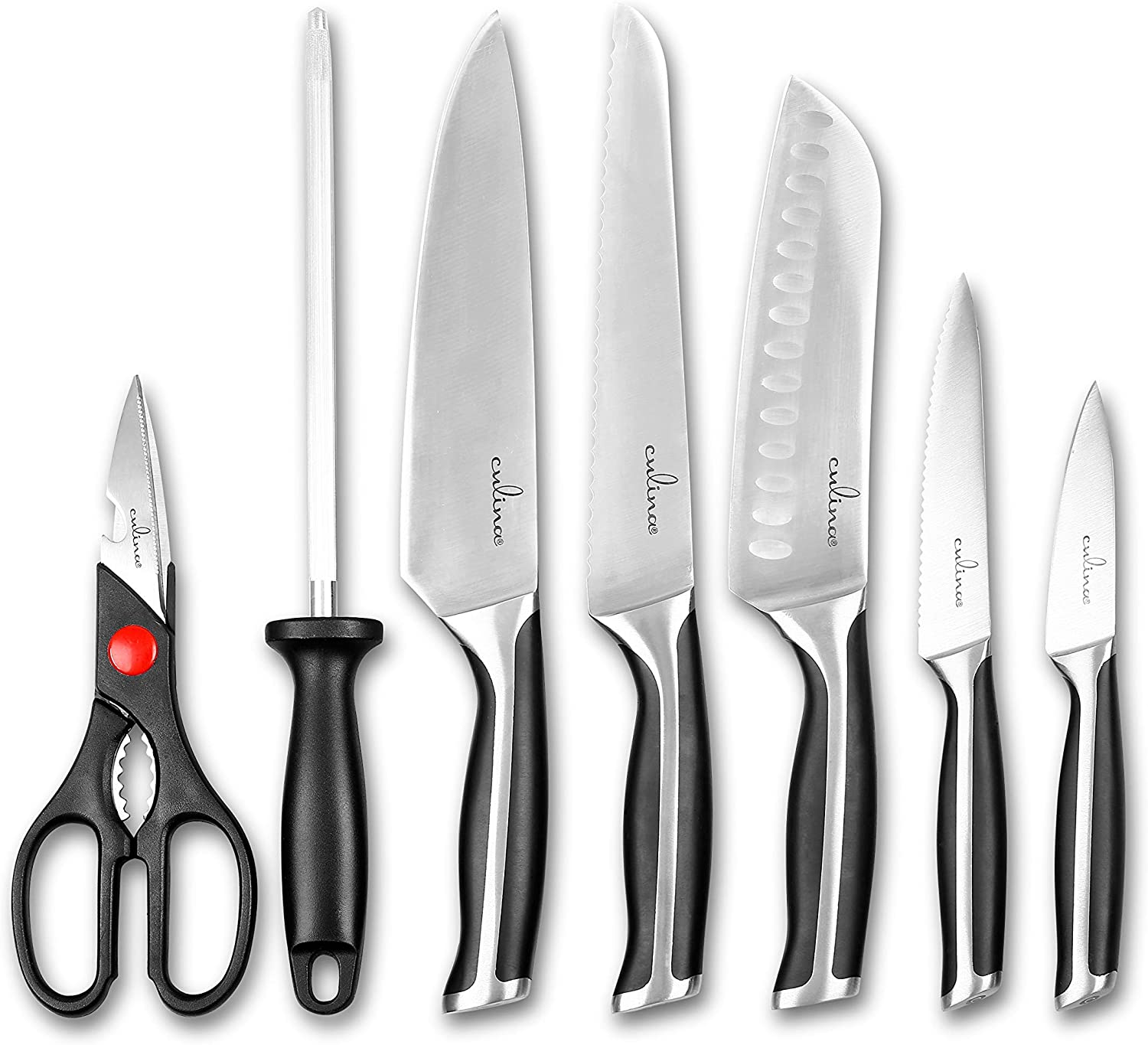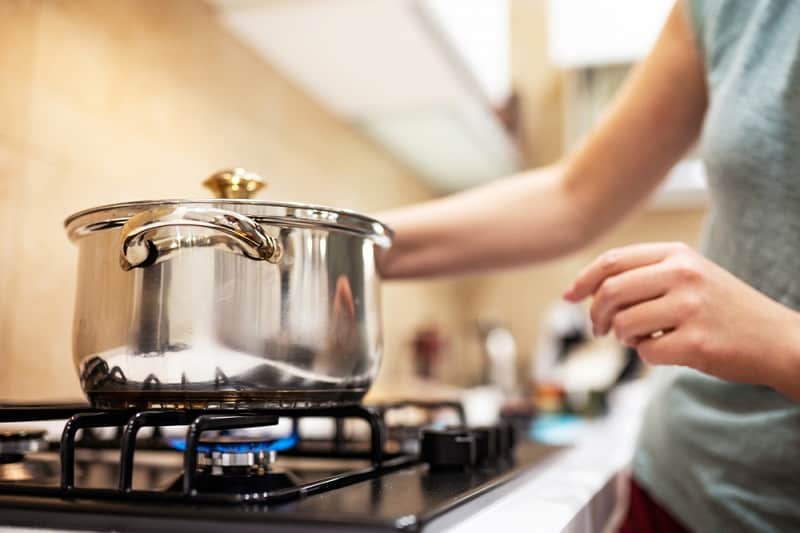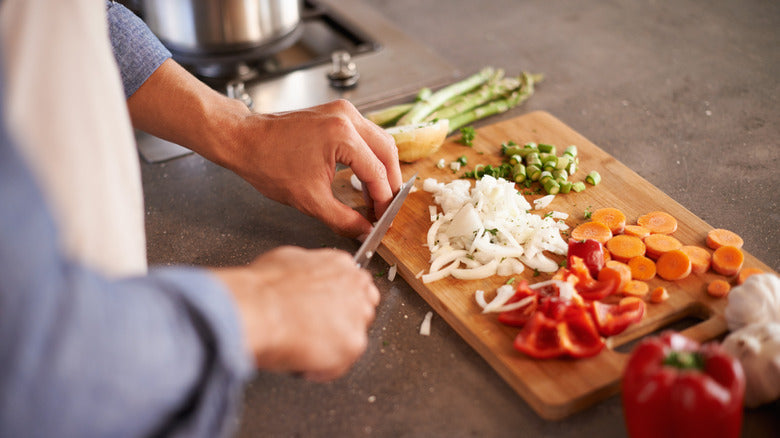Every kitchen professional has faced the challenge of a burnt saucepan. It's an inevitable part of cooking, whether you're preparing a high-volume meal for a restaurant or a simple dinner at home. When you have the question, how to clean burnt saucepan, the solution may not be immediately apparent. Fortunately, there are several efficient methods to help you restore your cookware to its former glory without damaging it.
Cleaning a burnt saucepan can seem daunting, but with the right techniques, it becomes easier than you think. Whether you're dealing with a stainless steel, cast iron, or non-stick saucepan, the cleaning methods will differ slightly. Let's delve into the various approaches you can use to tackle this dirty dilemma effectively!

Understanding the Burnt Residue
Burnt residue on a saucepan can be the result of cooking with high heat, leaving food unattended, or using insufficient liquid. Knowing what youre dealing with can guide your cleaning strategy. Different types of materials respond differently to various cleaning agents.

Preparation for Cleaning
Before starting the cleaning process, gather your cleaning supplies. You may need:
- Hot water
- Dish soap
- Baking soda
- Vinegar
- A scrub brush or pad
- Rubbing alcohol
- Salt
Now that you have everything prepared, lets look at various methods for cleaning a burnt saucepan.

Method 1: Soaking in Dish Soap and Water
For minor burnt marks, soaking can work wonders. Fill your saucepan with hot water and add a few drops of dish soap. Let it soak for about 30 minutes. Once the burnt residues have loosened, use a scrub brush or sponge to gently scrub away the remaining residue.
Why It Works
The heat and soap combined help to break down the burnt food particles and make them easier to remove. It is a gentle first step that you can take with most cookware types.

Method 2: Baking Soda Paste
Baking soda is a versatile and effective cleaning agent. To use it:
- Create a paste by mixing baking soda with a little water.
- Apply the paste directly to the burnt areas of the saucepan.
- Let it sit for a few hours or overnight if the marks are stubborn.
- Scrub with a brush and rinse thoroughly.
This method works well for both stainless steel and non-stick pans.
Method 3: Vinegar and Baking Soda Reaction
Combining vinegar and baking soda can provide a powerful cleaning reaction. Here's how:
- Sprinkle a layer of baking soda across the burnt areas.
- Pour vinegar over the baking soda. Watch for fizzing!
- Let the mixture sit for 15 to 30 minutes.
- Scrub and rinse.
The bubbling action helps lift off the burnt residue.
Method 4: Salt Scrub for Cast Iron
If you have a cast iron saucepan, one effective method is to use salt:
- Wet the bottom of the saucepan with water.
- Pour a generous amount of kosher salt into the pan.
- Using a paper towel or a cloth, scrub the salt over the burnt areas.
- Rinse and dry thoroughly.
The salt acts as an abrasive, removing burnt bits without harming the seasoning of the pan.
Method 5: Commercial Cleaners
When all else fails, consider commercial cleaning products designed specifically to tackle burnt pans. Follow the instructions provided for best results.
Preventing Future Burns
To avoid having to deal with burnt saucepans in the future, here are a few tips:
- Always monitor pots and pans while cooking.
- Use appropriate heat settings.
- Add sufficient liquid or oil depending on your recipe.
Understanding the Importance of Your Saucepan
Investing time in maintaining your kitchen equipment is essential. For insights on why having a good saucepan is crucial, you can visit 5 Reasons You Must Have a Saucepan.
FAQs
What can I use if I don't have baking soda?
If baking soda is not available, try using fine salt or white vinegar directly. Both can provide a level of abrasiveness needed to remove burnt residue.
Can I use steel wool on my non-stick pans?
No, using steel wool can scratch the non-stick surface and damage the pan. Instead, opt for a gentle sponge or cloth.
Is it safe to use bleach on saucepans?
No, using bleach is not advisable as it may damage the metal and leave harmful residues. Stick to natural cleaning agents or commercial cleaners designed for cookware.
As an Amazon Associate, I earn from qualifying purchases.






Leave a comment
This site is protected by hCaptcha and the hCaptcha Privacy Policy and Terms of Service apply.